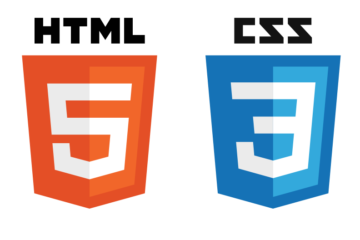
Blockchain
meaning
Blockchain formation. The main chain (black) consists of the longest series of blocks from the genesis block (green) to the current block. Orphan blocks (purple) exist outside of the main chain.
Bitcoin network data
A blockchain,[1][2][3] originally block chain,[4][5] is a growing list of records, called blocks, that are linked using cryptography.[1][6] Each block contains a cryptographic hash of the previous block,[6] a timestamp, and transaction data (generally represented as a Merkle tree).
By design, a blockchain is resistant to modification of the data. It is "an open, distributed ledger that can record transactions between two parties efficiently and in a verifiable and permanent way".[7] For use as a distributed ledger, a blockchain is typically managed by a peer-to-peer network collectively adhering to a protocol for inter-node communication and validating new blocks. Once recorded, the data in any given block cannot be altered retroactively without alteration of all subsequent blocks, which requires consensus of the network majority. Although blockchain records are not unalterable, blockchains may be considered secure by design and exemplify a distributed computing system with high Byzantine fault tolerance. Decentralized consensus has therefore been claimed with a blockchain.[8]
Blockchain was invented by a person (or group of people) using the name Satoshi Nakamoto in 2008 to serve as the public transaction ledger of the cryptocurrency bitcoin.[1] The identity of Satoshi Nakamoto remains unknown to date. The invention of the blockchain for bitcoin made it the first digital currency to solve the double-spending problem without the need of a trusted authority or central server. The bitcoin design has inspired other applications,[1][3] and blockchains that are readable by the public are widely used by cryptocurrencies. Blockchain is considered a type of payment rail.[9] Private blockchains have been proposed for business use. Sources such as Computerworld called the marketing of such blockchains without a proper security model "snake oil".[10]
Types of blockchain
Public blockchains
A public blockchain has absolutely no access restrictions. Anyone with an Internet connection can send transactions to it as well as become a validator (i.e., participate in the execution of a consensus protocol).[98][self-published source?] Usually, such networks offer economic incentives for those who secure them and utilize some type of a Proof of Stake or Proof of Work algorithm.
Some of the largest, most known public blockchains are the bitcoin blockchain and the Ethereum blockchain.
Private blockchains
A private blockchain is permissioned.[40] One cannot join it unless invited by the network administrators. Participant and validator access is restricted.
Hybrid blockchains
A hybrid blockchain has a combination of centralized and decentralized features.[99] The exact workings of the chain can vary based on which portions of centralization decentralization are used. (more…)



